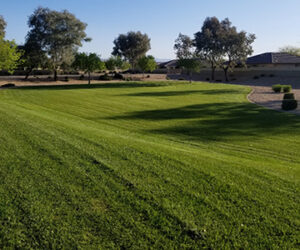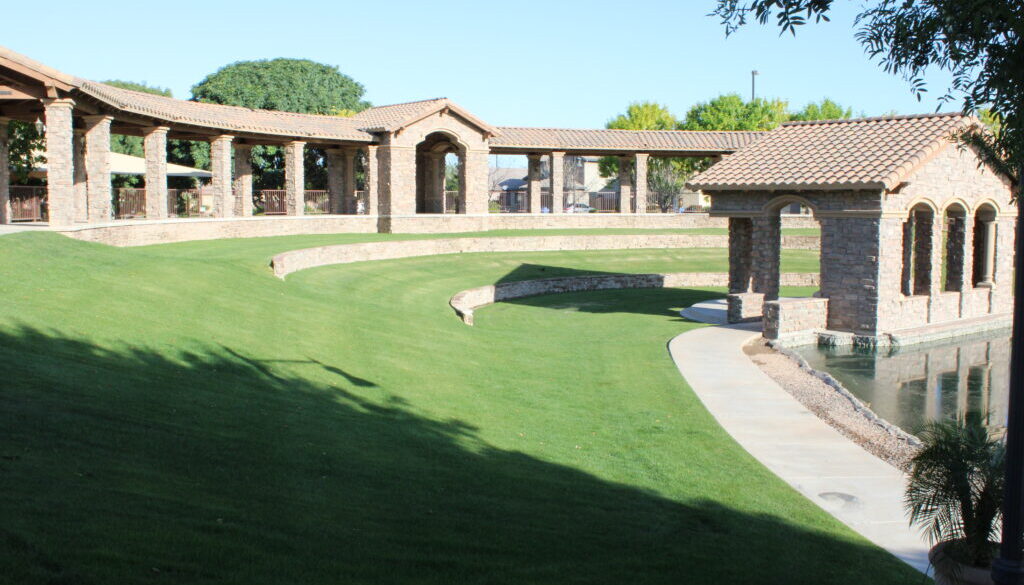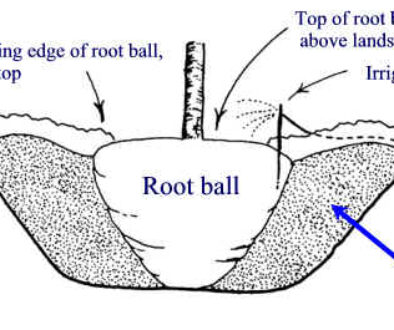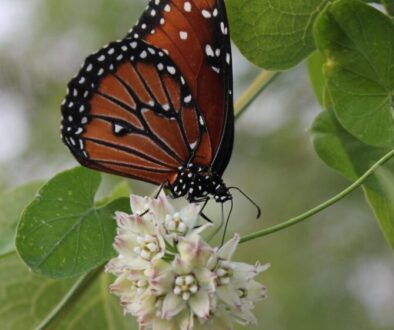Complete Your Winter-to-Summer Grass Transition
In late April and early May, when nighttime temperatures are consistently above 65 degrees, it’s time to transition winter to summer grass. If you didn’t overseed with winter perennial ryegrass, your Bermuda grass will transition naturally and sooner because it isn’t competing with the winter grass. Whether you’re watching the ELS crew take care of your community parks or striving for the best lawn in the neighborhood, you’ll appreciate these simple tips for transitioning to fuller, greener summer Bermuda grass:
Cut Down Your Winter Perennial Ryegrass
Each time you mow, lower the mow height ½” inch until the winter perennial ryegrass is about ½- to 3/4-inch high. Be sure to collect your clippings so they don’t block sunlight to the soil. The lower the ryegrass, the more heat and sunlight can reach the exposed soil surface. This will encourage the Bermuda grass roots to grow and the ryegrass to die back.

Reduce the Amount of Water You Apply
Ryegrass requires consistent water. When you cut back on the water you apply, you will further stress the ryegrass and allow the Bermuda to gain advantage. You can get similar results by stopping the water completely for 5 days. The Bermuda will hold on, but the ryegrass will die back.

Aerate to Address Soil Compaction and Encourage Bermuda Growth
You can opt to aerate your turf areas. Turf aeration addresses soil compaction, increases water penetration and nutrient uptake to the roots, and oxygenates the soil.

Fertilize Two Weeks Later
The Bermuda grass should be growing in well and overtaking the ryegrass after about two weeks. Then it’s time to broadcast a balanced fertilizer and increase the watering back to appropriate warm-weather levels.




